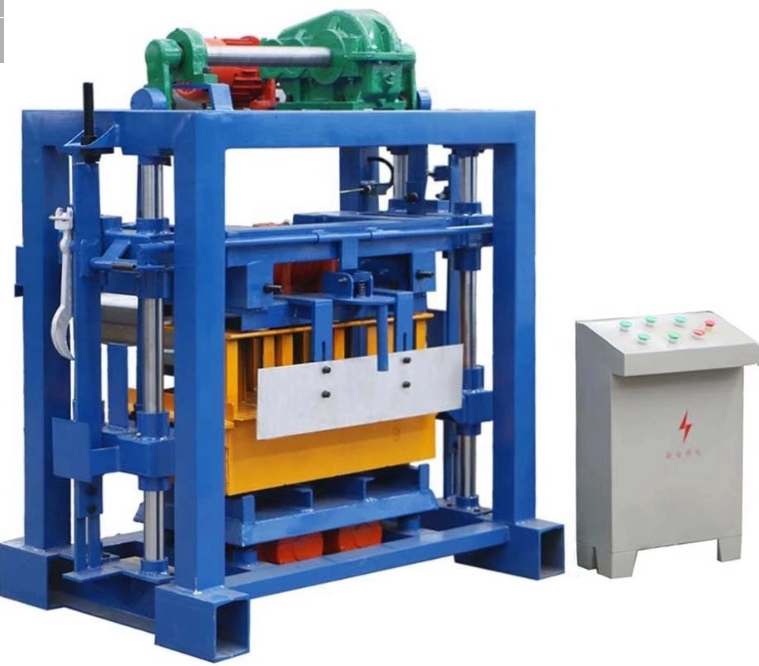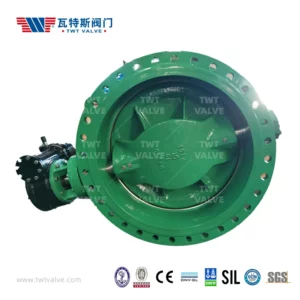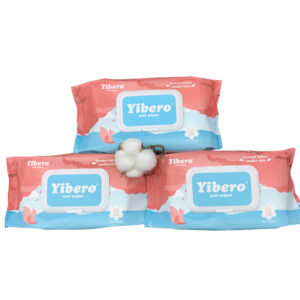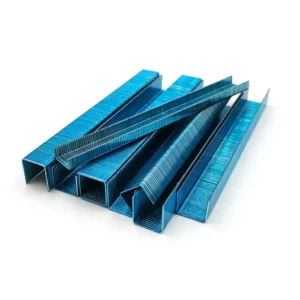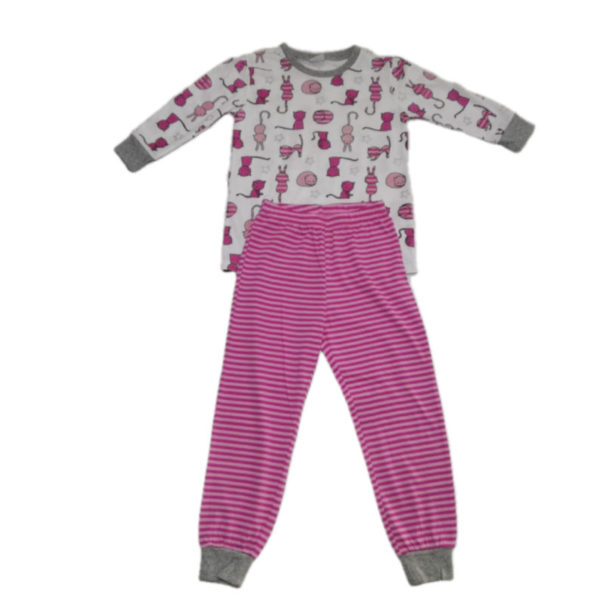Block moulding machines are an important tool in the construction industry, and there are several reasons why you should be grateful for them:
Increased productivity: Block moulding machines can produce large quantities of blocks quickly and efficiently, reducing the time and labor required for manual block production. This can increase productivity on construction sites and help to meet tight deadlines.
Consistent quality: Block moulding machines can produce blocks with consistent dimensions and quality, ensuring that each block is the same size and shape. This can improve the overall quality of construction projects and reduce waste.
Customization: Block moulding machines can be customized to produce blocks of various sizes and shapes, allowing for greater flexibility in design and construction.
Environmental benefits: Block moulding machines can reduce the environmental impact of block production by using recycled materials and reducing waste. Additionally, some machines are designed to use energy-efficient technologies, reducing the amount of energy required to produce blocks.
Cost-effective: Block moulding machines can be a cost-effective alternative to purchasing blocks from a supplier, particularly for large construction projects. They can also help to reduce transportation costs and the need for storage space.
In summary, block moulding machines have revolutionized the construction industry by enabling the production of large quantities of high-quality blocks quickly and efficiently. By reducing labor costs, increasing productivity, and improving the quality of construction projects, block moulding machines have become an invaluable tool for construction professionals and homeowners alike.
How do block moulding machines compare in terms of cost to purchasing blocks from a supplier?
The cost of block moulding machines can vary depending on the type and size of the machine, as well as the features and capabilities it offers. However, compared to purchasing blocks from a supplier, block moulding machines can be more cost-effective in the long run.
While the initial investment in a block moulding machine can be significant, the machine can produce large quantities of blocks quickly and efficiently, reducing the need to purchase blocks from a supplier. Additionally, block moulding machines can be customized to produce blocks of various sizes and shapes, providing greater flexibility in design and construction.
Over time, the cost savings from using a block moulding machine can be substantial, particularly for large construction projects. Additionally, block moulding machines can help to reduce transportation costs and the need for storage space, further reducing the overall cost of block production.
It’s important to carefully evaluate the costs and benefits of purchasing a block moulding machine versus purchasing blocks from a supplier before making a decision. However, for construction professionals and homeowners who require large quantities of blocks, a block moulding machine can be a cost-effective and efficient solution.How do block moulding machines compare in terms of cost to purchasing blocks from a supplier?
The cost of block moulding machines can vary depending on the type and size of the machine, as well as the features and capabilities it offers. However, compared to purchasing blocks from a supplier, block moulding machines can be more cost-effective in the long run.
While the initial investment in a block moulding machine can be significant, the machine can produce large quantities of blocks quickly and efficiently, reducing the need to purchase blocks from a supplier. Additionally, block moulding machines can be customized to produce blocks of various sizes and shapes, providing greater flexibility in design and construction.
Over time, the cost savings from using a block moulding machine can be substantial, particularly for large construction projects. Additionally, block moulding machines can help to reduce transportation costs and the need for storage space, further reducing the overall cost of block production.
It’s important to carefully evaluate the costs and benefits of purchasing a block moulding machine versus purchasing blocks from a supplier before making a decision. However, for construction professionals and homeowners who require large quantities of blocks, a block moulding machine can be a cost-effective and efficient solution.
